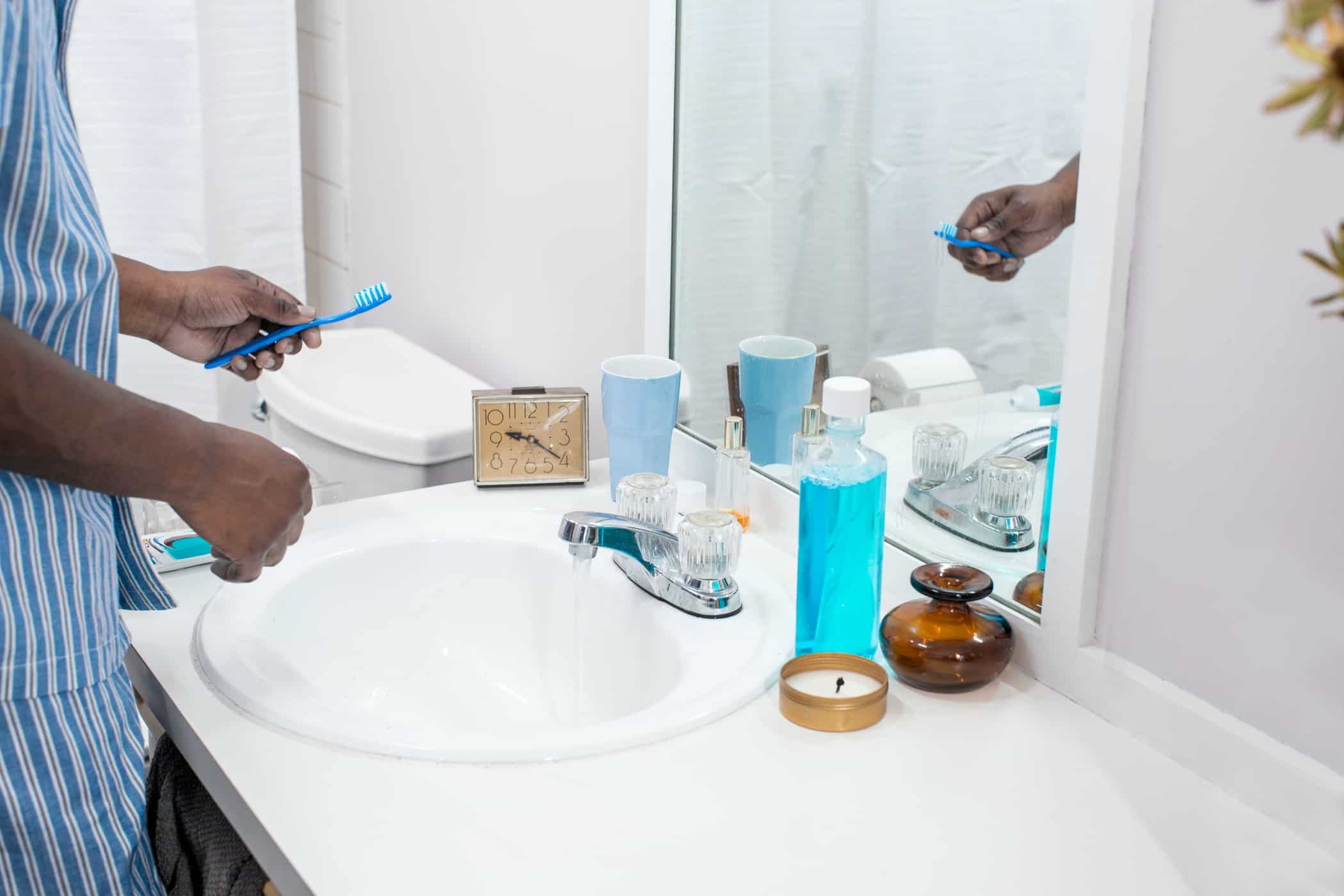

Articles
Why Does Bathroom Sink Smell
Modified: February 26, 2024
Discover articles on why your bathroom sink smells and how to fix it. Get rid of unpleasant odors and keep your bathroom fresh and clean.
(Many of the links in this article redirect to a specific reviewed product. Your purchase of these products through affiliate links helps to generate commission for Storables.com, at no extra cost. Learn more)
Introduction
Having a foul odor emanating from your bathroom sink can be an unpleasant and bothersome experience. Not only does it make using the sink less than enjoyable, but it can also be embarrassing when guests come over. The smell can range from a mild, musty odor to a strong, pungent stench that permeates the entire bathroom. Either way, it’s important to address the issue quickly to restore a fresh and pleasant environment.
There are several common causes of bathroom sink odor, ranging from clogged or dirty drains to bacteria and mold growth, as well as sewer gas leaks. A dry P-trap or faulty ventilation can also contribute to unpleasant smells. In this article, we will explore each of these causes in detail and provide practical solutions to help you eliminate the odor and restore the freshness to your bathroom.
Key Takeaways:
- Regular cleaning and maintenance are essential to prevent and eliminate bathroom sink odor. Clearing clogs, addressing bacteria and mold, and improving ventilation are key to maintaining a fresh and hygienic environment.
- Keeping the P-trap filled with water and improving ventilation are crucial in eliminating bathroom sink odor. Regular maintenance and good drainage practices help maintain a clean and odor-free sink.
Read more: Why Does My Sink Water Smell
Common Causes of Bathroom Sink Odor
There are various factors that can lead to a foul odor coming from your bathroom sink. Understanding these common causes can help you identify the root of the problem and take appropriate measures to eliminate the odor. Here are some of the most common causes of bathroom sink odor:
- Clogged or Dirty Drain: Over time, debris such as hair, soap scum, and toothpaste can accumulate in the drainpipe, causing a blockage. This can lead to stagnant water and unpleasant odors. Additionally, if food particles or other materials are disposed of in the sink, they can contribute to clogs and foul smells.
- Bacteria and Mold Growth: Warm and moist environments provide the perfect breeding ground for bacteria and mold. If the drainage system is not properly cleaned and maintained, these microorganisms can thrive and produce unpleasant odors. The presence of bacteria and mold can also pose health risks.
- Sewer Gas Leaks: In some cases, the foul odor may not originate from the bathroom sink itself, but rather from sewer gas leaks. These leaks can occur due to damaged or disconnected pipes, allowing the noxious fumes to escape and permeate the bathroom.
- Dry P-Trap: The P-trap is a curved section of pipe beneath the sink that is designed to capture water. It acts as a barrier to prevent sewer gases from entering the bathroom. If the P-trap dries out, either due to infrequent use or a plumbing issue, it can result in foul odors being released into the air.
- Faulty Ventilation: Proper ventilation is crucial in bathrooms to remove moisture and odors. If the ventilation system is inadequate or not functioning properly, it can contribute to a buildup of stagnant air and foul smells.
Now that you are aware of the common causes of bathroom sink odor, it’s time to delve into the solutions. By addressing these underlying issues, you can effectively eliminate the unpleasant odors and create a fresh and inviting atmosphere in your bathroom.
Clogged or Dirty Drain
A clogged or dirty drain is one of the most common causes of bathroom sink odor. Over time, debris such as hair, soap scum, and toothpaste can build up in the drainpipe, obstructing the flow of water and creating a breeding ground for bacteria and mold.
To eliminate the odor caused by a clogged or dirty drain, you can try the following solutions:
- Boiling Water: Start by pouring boiling water down the drain to help break down and dissolve any buildup. This can help clear minor clogs and remove odor-causing particles.
- Baking Soda and Vinegar: Create a natural cleaning solution by combining baking soda and vinegar. Pour half a cup of baking soda down the drain, followed by half a cup of vinegar. Let the mixture sit for about 15 minutes, then flush it with hot water. This chemical reaction can help break down the debris and eliminate odors.
- Plunger: If the clog persists, you can try using a plunger to dislodge it. Ensure there is enough water in the sink to cover the rubber part of the plunger, then create a seal and plunge vigorously to create pressure and dislodge the clog.
- Drain Snake: For stubborn clogs deep within the drainpipe, a drain snake can be an effective tool. Insert the snake into the drain and twist it while pushing forward to break up and remove the clog. Be cautious not to damage the pipes.
- Chemical Drain Cleaners: In cases of severe clogs, chemical drain cleaners can be used as a last resort. These products contain powerful chemicals that can dissolve or break down the clog. Follow the instructions carefully and use them sparingly, as they can be harsh on pipes and the environment.
Regular maintenance is essential to prevent future clogs and eliminate odor. Consider using a hair catcher or drain cover to prevent hair and other debris from entering the drain. Additionally, a monthly cleaning routine using baking soda and vinegar can help keep the drain clear and fresh.
By addressing a clogged or dirty drain promptly and implementing preventative measures, you can effectively eliminate bathroom sink odors and maintain a clean and pleasant environment in your bathroom.
Bacteria and Mold Growth
Warm and moist environments in bathroom sinks provide the perfect breeding grounds for bacteria and mold. When left unchecked, these microorganisms can not only lead to foul odors but also pose health risks. It’s important to address bacteria and mold growth to maintain a clean and hygienic bathroom.
Here are some solutions to eliminate bathroom sink odor caused by bacteria and mold:
- Vinegar Solution: Vinegar is a natural disinfectant that can effectively kill bacteria and inhibit mold growth. Create a solution of equal parts water and white vinegar and use it to clean the sink and drain. Allow the solution to sit for a few minutes before rinsing with water.
- Bleach Solution: For more severe cases of bacteria and mold growth, a bleach solution can be used. Mix one part bleach with ten parts water and use it to scrub the sink and drain. Be sure to ventilate the area properly and avoid mixing bleach with other cleaning products.
- Baking Soda Paste: Baking soda is known for its odor-neutralizing properties and can help eliminate unpleasant smells caused by bacteria and mold. Create a paste with baking soda and water, then apply it to the sink and let it sit for a few minutes before scrubbing and rinsing off.
- Commercial Mold and Mildew Cleaners: If the bacteria and mold growth is persistent and resistant to homemade solutions, consider using commercial mold and mildew cleaners. These products are specifically formulated to effectively eliminate mold and bacteria. Follow the instructions on the label for safe and effective use.
- Regular Cleaning: Prevention is key when it comes to bacteria and mold growth. Make it a habit to regularly clean and disinfect the sink and drain to inhibit the growth of these microorganisms. Wipe away any excess moisture after use and ensure proper ventilation in the bathroom.
In addition to cleaning, keeping the sink dry and reducing moisture in the bathroom can help prevent the growth of bacteria and mold. Fix any leaks or plumbing issues promptly to minimize moisture accumulation.
By regularly cleaning, disinfecting, and maintaining a dry environment, you can effectively eliminate the odor caused by bacteria and mold growth, ensuring a fresh and hygienic bathroom sink.
Sewer Gas Leaks
While the foul odor from your bathroom sink may seem to originate from the sink itself, it could actually be a result of sewer gas leaks. These leaks occur when there are damaged or disconnected pipes, allowing the noxious fumes from the sewer system to escape and permeate your bathroom.
Here are some solutions to address sewer gas leaks and eliminate the associated odor:
- Inspect the P-Trap: The P-trap is a curved section of pipe beneath the sink that is designed to prevent sewer gases from entering your home. Check if the P-trap is properly connected and not damaged. Tighten any loose connections and repair or replace any damaged pipes if necessary.
- Check Vents and Roof Ventilation: Sewer gas can also enter your bathroom through faulty vent pipes or improper roof ventilation. Inspect the vent pipes to ensure they are clear of any debris or obstructions. Check the roof ventilation system to ensure it is functioning properly and allowing for proper air circulation.
- Consult a Professional: If you’re unable to locate or fix the source of the sewer gas odor, it’s advisable to consult a professional plumber. They have the expertise and tools to accurately diagnose and repair any leaks or issues in your plumbing system.
It’s important to promptly address sewer gas leaks as they not only cause unpleasant odors but can also pose health risks. Sewer gases contain toxic elements such as hydrogen sulfide, methane, and ammonia, which can be harmful when inhaled at high concentrations.
Preventive measures can also help reduce the likelihood of sewer gas leaks and associated odors. Regularly maintain and inspect your plumbing system, including drains and pipes, to ensure they are in good condition. Avoid disposing of items that can cause clogs or damage to your plumbing system, such as grease, oils, and non-flushable materials.
By addressing sewer gas leaks and ensuring the proper functioning of your plumbing system, you can effectively eliminate the odor and create a clean and fresh environment in your bathroom.
Read more: Why Does My Sink Smell Like Rotten Eggs
Dry P-Trap
The P-trap is a crucial component of your bathroom sink’s plumbing system. It is a U-shaped pipe located beneath the sink that is designed to trap water, creating a barrier that prevents sewer gases from entering your home. If the P-trap dries out, either due to infrequent use or a plumbing issue, it can result in foul odors being released into the air.
To address the issue of a dry P-trap and eliminate the odor associated with it, consider the following solutions:
- Run Water: One of the simplest solutions is to run water through the sink regularly. This helps replenish the water in the P-trap, keeping it filled and creating a seal against sewer gases. Run the faucet for a few seconds every few days, even if you’re not using the sink.
- Pour Vegetable Oil: Another method to prevent the P-trap from drying out is to pour a small amount of vegetable oil into the sink. This creates a layer of oil on top of the water in the trap, reducing evaporation and helping to maintain the water seal.
- P-trap Primer: In areas where P-trap drying is a common problem, such as in dry climates, you can install a P-trap primer. This device automatically releases water into the trap periodically to ensure it remains filled and prevents odors from escaping.
- Inspect for Leaks: If you’ve tried the above solutions and the P-trap continues to dry out quickly, there may be an underlying plumbing issue such as a leak. Inspect the P-trap and surrounding pipes for any signs of leaks and make the necessary repairs or replacements.
Preventing a dry P-trap is essential to maintain a odor-free bathroom. Additionally, proper plumbing maintenance and addressing any underlying issues promptly can help prevent the trap from drying out in the future.
Remember to also use caution when using chemical drain cleaners, as they can potentially damage the P-trap and exacerbate the issue of a dry trap. It’s best to use non-toxic and environmentally friendly solutions to maintain the functionality of the trap.
By taking these preventive measures and regularly running water through the sink, you can keep the P-trap filled with water and eliminate the unpleasant odor caused by a dry trap.
Faulty Ventilation
Proper ventilation is essential in a bathroom to remove excess moisture, odors, and prevent the buildup of harmful substances. If your bathroom has faulty ventilation, it can contribute to a stagnant and unpleasant odor. Inadequate ventilation can cause moisture to accumulate, leading to the growth of mold, mildew, and bacteria, which in turn can result in foul odors.
To address the issue of faulty ventilation and eliminate the associated odor, consider the following solutions:
- Check the Fan: If your bathroom has a ventilation fan, check if it is functioning properly. Clean or replace the air filter if it’s clogged, as this could impede the fan’s functionality. Ensure the fan is properly installed and vented to the exterior of the building to effectively remove odors and moisture.
- Improve Air Circulation: If your bathroom lacks a ventilation fan, you can improve air circulation by opening windows or using a portable fan to help move the stagnant air. This allows for better airflow and helps to remove odors and excess moisture from the bathroom.
- Install a Ventilation System: If your bathroom lacks proper ventilation, consider installing a ventilation system. This can be a bathroom extractor fan or a heat recovery ventilation system. It helps to exhaust stale air and moisture while simultaneously bringing in fresh air from outside.
- Use Dehumidifiers: In addition to ventilation, using a dehumidifier in your bathroom can help remove excess moisture from the air. This can prevent the growth of mold and mildew, which are notorious for causing foul odors. Empty and clean the dehumidifier regularly to prevent the growth of bacteria and mold within the unit.
- Regular Cleaning: Regularly cleaning your bathroom ensures that any build-up of mold, mildew, and bacteria is kept to a minimum. Pay attention to areas prone to moisture, such as around the sink, shower, and toilet. Use non-toxic cleaning agents or natural solutions like vinegar and baking soda to clean and disinfect the surfaces.
By addressing faulty ventilation and implementing these solutions, you can improve air circulation, reduce excess moisture, and eliminate the unpleasant odor in your bathroom. Proper ventilation not only helps to maintain a fresh and clean environment but also prevents the growth of harmful substances that can affect your health.
Solutions to Eliminate Bathroom Sink Odor
Dealing with a foul odor coming from your bathroom sink can be frustrating, but there are several effective solutions available to help you eliminate the unpleasant smell and restore a fresh environment. By addressing the underlying causes of the odor, you can achieve long-term results. Here are some solutions to consider:
- Regular Cleaning and Maintenance: One of the most important steps in eliminating bathroom sink odor is to establish a regular cleaning routine. Clean the sink, drain, and surrounding areas regularly to remove accumulated debris, soap scum, and bacteria. Use non-toxic cleaners or natural solutions like vinegar and baking soda for a safe and effective cleaning process.
- Clearing Clogs and Removing Debris: If your sink is experiencing slow drainage or odors due to clogs, it’s essential to clear the blockage. Try using methods like boiling water, baking soda and vinegar, plungers, or drain snakes to remove the clogs and eliminate the associated odor. Prevent future clogs by using drain covers or strainers to catch hair and debris.
- Dealing with Bacteria and Mold: Combat bacteria and mold growth by using vinegar or bleach solutions to disinfect and clean the sink and drain regularly. Scrub away any visible mold or mildew, and ensure proper ventilation to reduce the moisture that promotes their growth. Consider using natural remedies like baking soda and essential oils to prevent their regrowth.
- Fixing Sewer Gas Leaks: If you suspect that the odor is due to sewer gas leaks, inspect the P-trap and ventilation system. Ensure that the P-trap is properly connected and not dried out, as well as checking for any damaged or disconnected pipes. If the issue persists, consult a professional plumber to address any leaks or ventilation problems.
- Keeping the P-Trap Filled with Water: To prevent sewer gases from entering your bathroom, make it a habit to run water in the sink regularly. This helps to keep the P-trap filled with water, creating a seal against odor-causing gases. Additionally, you can pour a small amount of vegetable oil into the sink to reduce water evaporation from the P-trap.
- Improving Ventilation: Proper ventilation is crucial in maintaining a fresh and odor-free bathroom. Make sure your bathroom has adequate ventilation, either through a ventilation fan or by opening windows and using portable fans to improve air circulation. Consider installing a ventilation system or using a dehumidifier to reduce excess moisture and prevent the growth of odor-causing substances.
By implementing these solutions, you can effectively eliminate bathroom sink odor and enjoy a clean and fresh-smelling bathroom. Remember to maintain regular cleaning and maintenance practices to prevent the buildup of debris and bacteria, and address any underlying issues promptly to prevent the recurrence of unpleasant odors.
To eliminate bathroom sink odor, pour a mixture of hot water and vinegar down the drain to break down buildup and kill bacteria causing the smell. Follow with baking soda to further deodorize.
Regular Cleaning and Maintenance
Regular cleaning and maintenance are essential steps in preventing and eliminating bathroom sink odor. By establishing a routine cleaning schedule and practicing good maintenance habits, you can keep your sink fresh and free from unpleasant odors. Here are some key aspects of regular cleaning and maintenance:
- Clean the Sink: Start by cleaning the sink itself. Use a non-abrasive cleaner or a mixture of mild dish soap and warm water to scrub away any dirt, grime, or soap scum. Pay attention to the faucet, handles, and edges of the sink. Rinse thoroughly and dry the surface with a clean cloth to prevent moisture buildup.
- Clean the Drain: The drain can accumulate debris, hair, and soap residue over time, leading to clogs and odor. Regularly clean the drain using natural solutions like baking soda and vinegar or commercial drain cleaners. Pour the solution down the drain, let it sit for a few minutes, and then flush it with hot water. This helps break down any buildup and eliminates odors.
- Remove and Clean the Drain Stopper: If your sink has a drain stopper, remove it and clean it separately. Hair and debris can get trapped around the stopper, causing odor and affecting drainage. Soak it in a mixture of warm water and vinegar, scrub away any buildup, and rinse thoroughly before reinserting it.
- Scrub the P-Trap: The P-trap, located beneath the sink, can accumulate debris and develop a buildup of grime. Periodically remove and clean the P-trap using a brush and a mixture of warm water and mild dish soap. Rinse it thoroughly before reinstalling it to prevent any odors associated with a dirty P-trap.
- Preventative Maintenance: In addition to regular cleaning, practicing preventative maintenance can help keep your bathroom sink odor-free. Use drain covers or strainers to catch hair and debris, preventing them from entering the drain and causing clogs. Avoid pouring grease, oils, or non-flushable items down the sink, as they can lead to blockages and odors.
- Address Plumbing Issues: Keep an eye out for any plumbing issues that could contribute to sink odors. Leaks, loose connections, or damaged pipes can lead to water accumulation, mold growth, and foul smells. If you notice any plumbing issues, such as drips or puddles under the sink, address them promptly to prevent further damage and odors.
By incorporating regular cleaning and maintenance into your routine, you can effectively prevent and eliminate bathroom sink odor. These practices not only keep your sink fresh and clean, but they also help maintain the overall hygiene and functionality of your bathroom. Remember to use non-toxic cleaners and environmentally friendly methods whenever possible for a safe and eco-friendly cleaning experience.
Read more: Why Does My Kitchen Sink Smell Like Sewer
Clearing Clogs and Removing Debris
Clogs and debris buildup can be common causes of bathroom sink odor. Over time, hair, soap scum, and other particles can accumulate in the drain, leading to slow drainage, stagnant water, and unpleasant odors. It is important to regularly clear clogs and remove debris to maintain a clean and odor-free sink. Here’s how to effectively address clogs and debris:
- Boiling Water: Begin by pouring boiling water down the drain. This can help break down and dissolve minor clogs, especially those caused by soap scum and grease. Boiling water can effectively clear the pipes and eliminate odor-causing substances.
- Baking Soda and Vinegar: Create a natural and non-toxic solution by combining baking soda and vinegar. Pour half a cup of baking soda down the drain, followed by half a cup of vinegar. The mixture will produce a foaming reaction that helps break down and dislodge debris. Let it sit for about 15 minutes, then flush the drain with hot water to clear away the residue.
- Plunger: If the clog persists, use a plunger to create pressure and dislodge it. Ensure there is enough water in the sink to cover the rubber part of the plunger. Place the plunger over the drain and plunge vigorously, creating suction and force to clear the clog. Repeat the process a few times if necessary.
- Drain Snake: For more stubborn and deeper clogs, a drain snake can be an effective tool. Insert the snake into the drain and rotate it while pushing forward. This will help break up and remove the clog by either hooking onto it or breaking it apart. Be careful not to damage the pipes while using a drain snake.
- Chemical Drain Cleaners: If other methods fail to clear the clog, chemical drain cleaners can be used as a last resort. However, they should be used sparingly and with caution. Follow the instructions on the package carefully and ensure proper ventilation. Chemical drain cleaners are strong and can be harmful to both the pipes and your health.
Prevention is key to keeping your sink free from clogs and debris buildup. Use drain covers or strainers to catch hair and other solids before they can enter the drain. Avoid disposing of grease, oils, food scraps, and non-flushable items down the sink to prevent clogs and foul odors.
By regularly clearing clogs and removing debris, you can maintain a clean and odor-free sink. Additionally, implementing preventative measures will help reduce the occurrence of clogs and extend the time between maintenance tasks.
Dealing with Bacteria and Mold
Bacteria and mold growth in your bathroom sink can lead to unpleasant odors and even pose health risks. These microorganisms thrive in warm and moist environments, making the bathroom sink an ideal breeding ground. It’s important to address bacteria and mold promptly to maintain a clean and hygienic sink. Here are some effective solutions to deal with bacteria and mold:
- Vinegar Solution: Vinegar is a natural and effective disinfectant that can help kill bacteria and inhibit mold growth. Create a solution of equal parts water and white vinegar. Use this solution to clean the sink, drain, and surrounding areas. Let it sit for a few minutes before rinsing thoroughly with water.
- Bleach Solution: In cases of more severe bacterial and mold growth, a bleach solution can be used. Mix one part bleach with ten parts water and apply it to the affected areas. Scrub the surfaces gently with a brush to remove the bacteria and mold. Be cautious when using bleach and ensure proper ventilation. Rinse the area thoroughly after cleaning.
- Baking Soda Paste: Baking soda is known for its odor-neutralizing properties and can help eliminate unpleasant smells associated with bacteria and mold. Create a paste by mixing baking soda with water, then apply it to the affected areas. Let it sit for a few minutes before scrubbing and rinsing off. Baking soda can also help prevent future mold growth.
- Commercial Mold and Mildew Cleaners: There are commercial mold and mildew cleaners available that are specifically formulated to eliminate mold and bacteria. Follow the instructions on the product carefully and use them in accordance with safety guidelines. These cleaners can be effective for stubborn mold and bacteria growth.
- Regular Cleaning: Prevention is key to controlling bacteria and mold growth. Establish a regular cleaning routine for your sink, drain, and surrounding areas. Clean and disinfect the surfaces regularly using mild cleaning agents or natural solutions like vinegar and baking soda. Pay attention to areas prone to moisture, such as faucets, handles, and joints.
- Improve Ventilation: Proper ventilation is crucial in preventing the growth of bacteria and mold. Ensure that your bathroom has adequate ventilation, either through a ventilation fan or by opening windows to promote air circulation. Proper airflow helps to reduce moisture and inhibit the conditions for bacterial and mold growth.
Regular maintenance and cleanliness are key in preventing the recurrence of bacteria and mold growth. Keep your sink dry, fix any leaks promptly, and ensure proper ventilation in the bathroom to minimize excess moisture. These preventive measures will go a long way in maintaining a clean, fresh, and odor-free bathroom sink.
Fixing Sewer Gas Leaks
If you are experiencing a foul odor coming from your bathroom sink, it may be due to sewer gas leaks. Sewer gas leaks occur when there are damaged or disconnected pipes, allowing the noxious fumes to escape and permeate your bathroom. It’s important to address these leaks promptly to eliminate the odor and ensure a safe and healthy environment. Here are some effective solutions for fixing sewer gas leaks:
- Inspect the P-Trap: The P-trap is a U-shaped pipe located beneath the sink that is designed to prevent sewer gases from entering your home. Check the P-trap to ensure it is properly connected and not damaged. Tighten any loose connections and replace any cracked or broken parts. Inspect the seals and gaskets as well, as they may need replacement.
- Check Ventilation Pipes: Sewer gas leaks can also occur due to faulty ventilation pipes. Inspect the ventilation pipes connected to the sink and ensure they are clear of any obstructions. Look for signs of damage, such as cracks or gaps, and repair or replace the pipes if necessary. Ensure they are properly attached and vented to the outside to allow the gases to escape safely.
- Consult a Professional Plumber: If you’re unable to locate or fix the source of the sewer gas leaks, it’s advisable to consult a professional plumber. They have the expertise and tools to accurately diagnose the issue and make the necessary repairs. A plumber can conduct a thorough inspection of the plumbing system and identify any hidden leaks or damaged pipes that may be causing the odor.
- Install a Sewer Gas Check Valve: In some cases, installing a sewer gas check valve may be necessary to prevent the backflow of sewer gases into your home. This valve is typically installed where the main sewer line exits the building. It allows wastewater to flow out while preventing sewer gases from seeping back in.
- Maintain Proper Drainage: In addition to fixing specific leaks, it’s important to maintain proper drainage throughout your plumbing system. Regularly clean and flush drains to prevent debris and buildup that could lead to clogs and odors. Avoid pouring substances down the drain that can cause damage or contribute to clogs, such as grease, oils, and non-flushable items.
Sewer gas leaks not only cause unpleasant odors but can also pose health risks if the gases, such as hydrogen sulfide and methane, are inhaled at high concentrations. It’s crucial to address these leaks promptly to ensure the safety and well-being of your household.
By inspecting and repairing the P-trap, ventilation pipes, and other plumbing components, as well as seeking professional help if needed, you can effectively fix sewer gas leaks and eliminate the associated odor. Regular maintenance and good drainage practices will help keep your plumbing system in optimal condition and prevent future leaks and odors.
Keeping the P-Trap Filled with Water
The P-trap is a vital component of your bathroom sink’s plumbing system as it helps to prevent sewer gases from entering your home. It is a U-shaped pipe located beneath the sink that always contains a small amount of water, creating a barrier that blocks the gases from escaping. However, if the P-trap dries out or loses its water seal, it can result in the release of unpleasant odors. Here are some effective solutions to keep the P-trap filled with water:
- Run Water Regularly: The simplest and most effective way to keep the P-trap filled with water is to run water through the sink on a regular basis. This will replenish the water in the trap and maintain the necessary water seal. To be effective, run water for at least 15 to 30 seconds every few days, even if you’re not using the sink extensively.
- Use Vegetable Oil: Another trick to prevent the P-trap from drying out is to pour a small amount of vegetable oil down the sink. The oil creates a thin layer on top of the water, reducing evaporation and helping to maintain the water seal. Use a few teaspoons of vegetable oil and pour it directly into the drain.
- Install P-Traps with Waterless Valve: Alternatively, you can consider installing P-traps with waterless valves. These valves use a membrane or mechanical device to maintain a water seal without relying on water alone. They prevent evaporation and ensure that the trap remains filled with gas-blocking liquid, eliminating the need for regular water flow.
- Inspect for Leaks: Periodically inspect the P-trap and surrounding pipes for any signs of leaks. Leaks can cause the water in the trap to evaporate more quickly, resulting in a dry trap and the escape of foul odors. Fix any leaks promptly by tightening connections or replacing damaged pipes to maintain the water seal.
- Consider a P-Trap Primer: In areas where infrequent use of sinks is common, such as guest bathrooms or vacation homes, installing a P-trap primer can be beneficial. A P-trap primer is a small device that automatically releases water into the trap at regular intervals, keeping it filled and preventing evaporation.
By following these maintenance practices, you can ensure that the P-trap remains filled with water, effectively blocking sewer gases and preventing unpleasant odors. Regularly running water, using vegetable oil, or installing a waterless valve or a P-trap primer will help maintain a proper water seal and keep your bathroom smelling fresh and clean.
Remember that if you notice persistent odors or issues with the P-trap despite these efforts, it may be best to consult a professional plumber for further inspection and assistance.
Read more: Why Does Dishwasher Smell
Improving Ventilation
Proper ventilation in your bathroom is crucial for maintaining a fresh and odor-free environment. Inadequate ventilation can lead to the buildup of moisture, which can result in mold growth, mildew, and unpleasant odors. By improving ventilation, you can promote air circulation, reduce excess humidity, and eliminate bathroom sink odor. Here are some effective solutions to improve ventilation:
- Open Windows: If your bathroom has windows, opening them can significantly enhance ventilation. Fresh air from outside can enter the space, helping to remove stagnant air and odors. Opening windows during or after showers will also help dissipate excess moisture.
- Use a Bathroom Exhaust Fan: Installing an exhaust fan is one of the best ways to improve ventilation in your bathroom. The fan helps to remove moisture and odors by drawing them out of the room. Run the exhaust fan during and after hot showers or whenever there is excess moisture in the room. Clean or replace the exhaust fan’s filter regularly to maintain proper airflow.
- Check Ventilation Ducts: Inspect the ventilation ducts to ensure they are clear of any blockages or debris. Blocked or clogged ducts can impede proper air circulation. Clean the ducts using a brush or a vacuum cleaner to remove any buildup that may be hindering ventilation. Consider hiring a professional if the ductwork requires extensive cleaning or repair.
- Add a Ventilation Window Fan: If your bathroom lacks an exhaust fan, you can consider installing a ventilation window fan. These fans can be mounted in a window and help to draw out humid air and odors, promoting better airflow and ventilation. Choose a fan that is specifically designed for bathroom use and ensure proper installation following the manufacturer’s instructions.
- Use a Dehumidifier: A dehumidifier can be a valuable tool in controlling excess humidity in your bathroom. It removes moisture from the air, reducing the conditions favorable for mold and mildew growth. Place the dehumidifier in a suitable location in the bathroom and empty and clean the water reservoir regularly to prevent bacterial growth.
- Keep the Bathroom Door Open: Leaving the bathroom door open, especially after using the shower or sink, can improve air circulation throughout your home. This allows fresh air to enter the bathroom, helping to disperse odors and reduce humidity levels.
Remember, good ventilation is not only essential for eliminating bathroom sink odor but also for promoting a healthier living environment. It helps prevent the growth of mold, mildew, and bacteria, while also reducing the risk of moisture-related problems like peeling paint and damaged surfaces.
By implementing these ventilation solutions, you can improve air circulation, reduce excess moisture, and eliminate bathroom sink odor. Remember to clean and maintain your ventilation systems regularly to ensure their effectiveness and consider consulting a professional for any extensive repairs or improvements.
Conclusion
Dealing with a foul odor coming from your bathroom sink can be both unpleasant and inconvenient. However, with the right knowledge and solutions, you can effectively eliminate the odor and create a fresh and inviting environment in your bathroom.
In this article, we explored the common causes of bathroom sink odor, including clogged or dirty drains, bacteria and mold growth, sewer gas leaks, dry P-trap, and faulty ventilation. We provided practical solutions for each of these issues, including regular cleaning and maintenance, clearing clogs and removing debris, addressing bacteria and mold, fixing sewer gas leaks, and improving ventilation.
To keep your bathroom sink odor-free, establish a regular cleaning routine that includes cleaning the sink, drain, and surrounding areas. Clear clogs and remove debris using natural solutions like baking soda and vinegar, or using tools like plungers and drain snakes. Address bacteria and mold growth through regular cleaning, disinfecting, and improving ventilation. Fix sewer gas leaks by inspecting and repairing the P-trap, ventilation pipes, or seeking professional help if needed. Keep the P-trap filled with water by running water regularly or using vegetable oil, and improve ventilation by opening windows, using exhaust fans, or installing a dehumidifier.
Remember, prevention is key in maintaining a fresh and odor-free bathroom sink. Practice good habits like regular cleaning, proper drainage, and avoiding the disposal of harmful substances down the sink. By maintaining a clean and well-maintained bathroom sink, you can enjoy a pleasant and hygienic space.
In conclusion, by following the solutions and techniques outlined in this article, you can effectively eliminate bathroom sink odor and create a fresh and clean environment in your bathroom. With regular maintenance, cleaning, and preventive measures, you can enjoy a pleasant and odor-free sink for years to come.
Frequently Asked Questions about Why Does Bathroom Sink Smell
Was this page helpful?
At Storables.com, we guarantee accurate and reliable information. Our content, validated by Expert Board Contributors, is crafted following stringent Editorial Policies. We're committed to providing you with well-researched, expert-backed insights for all your informational needs.
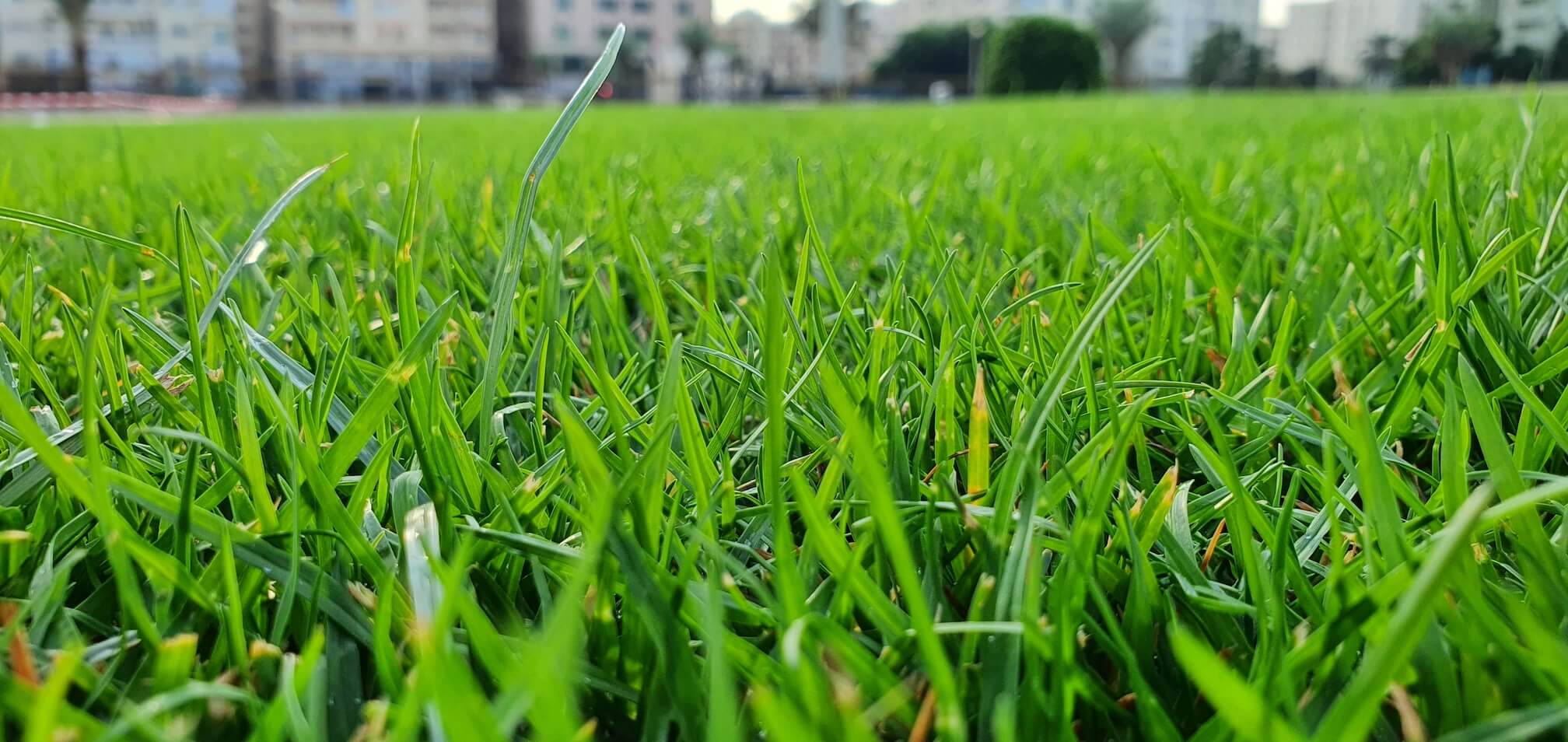
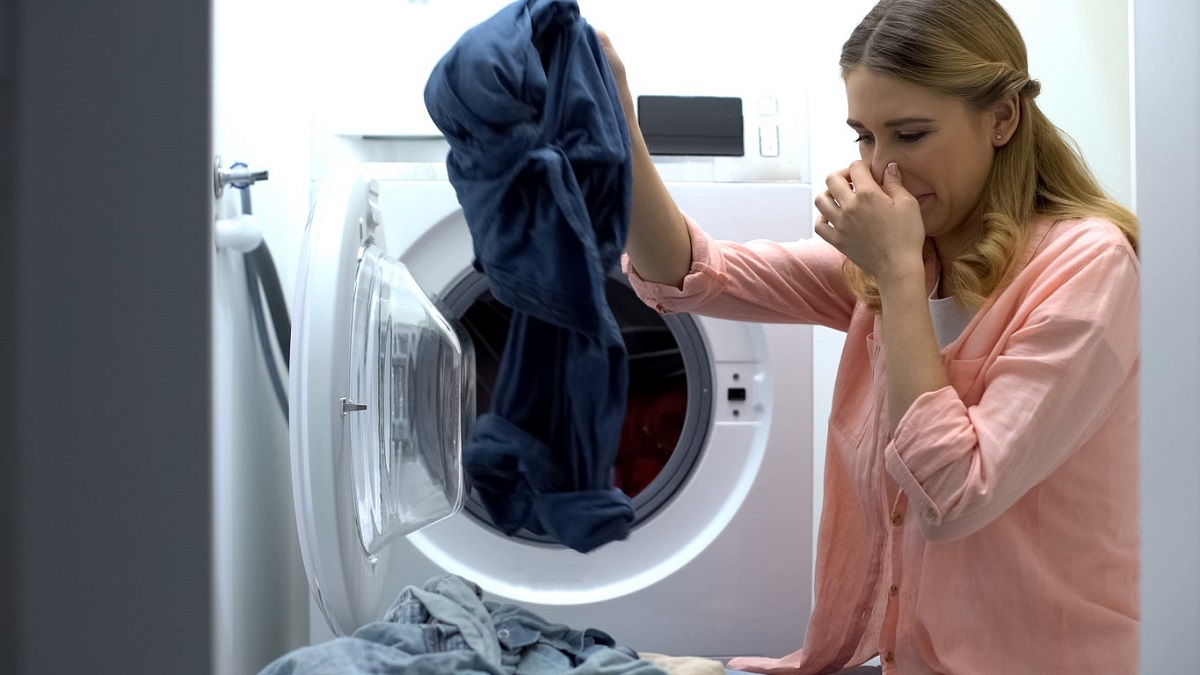
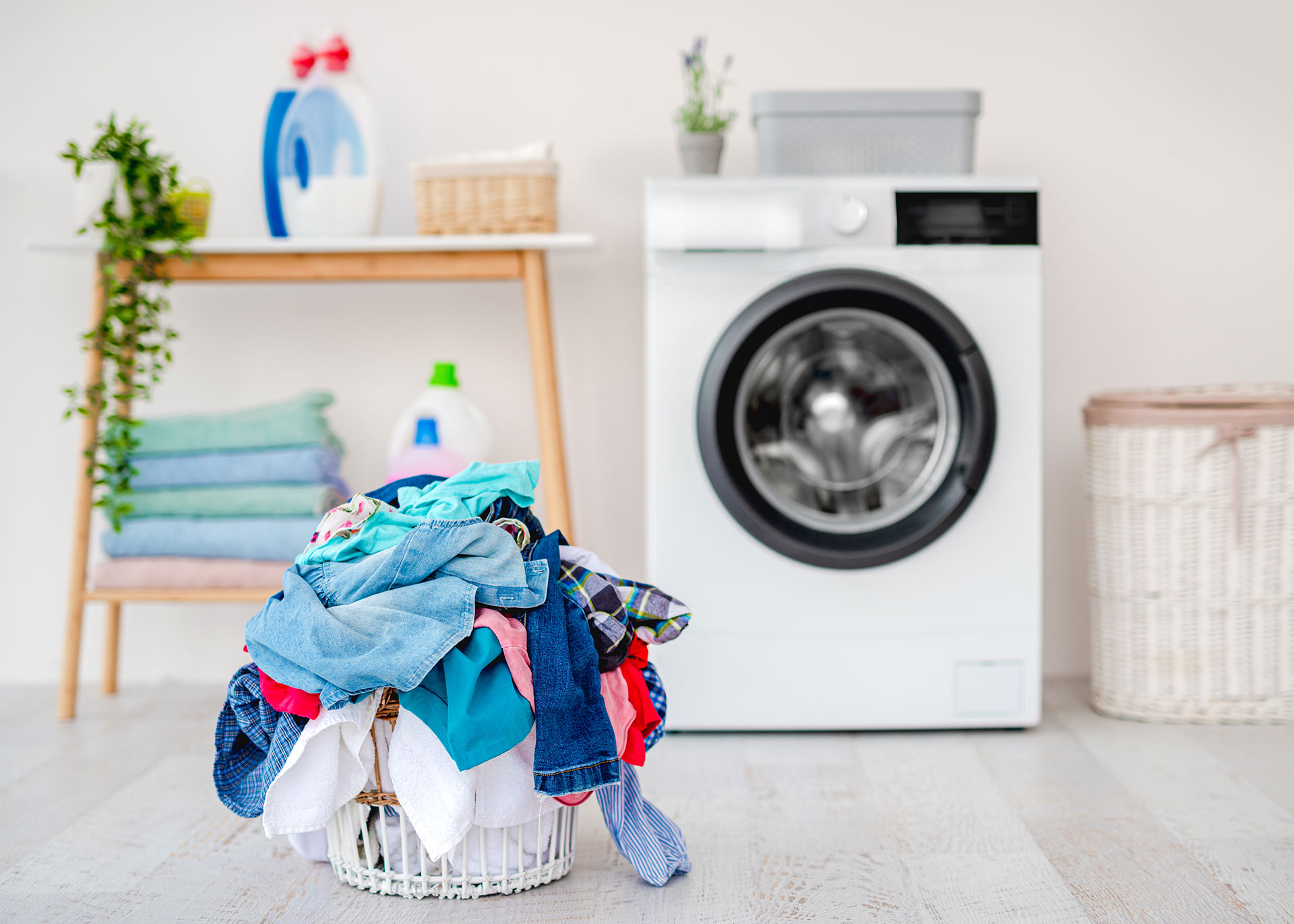

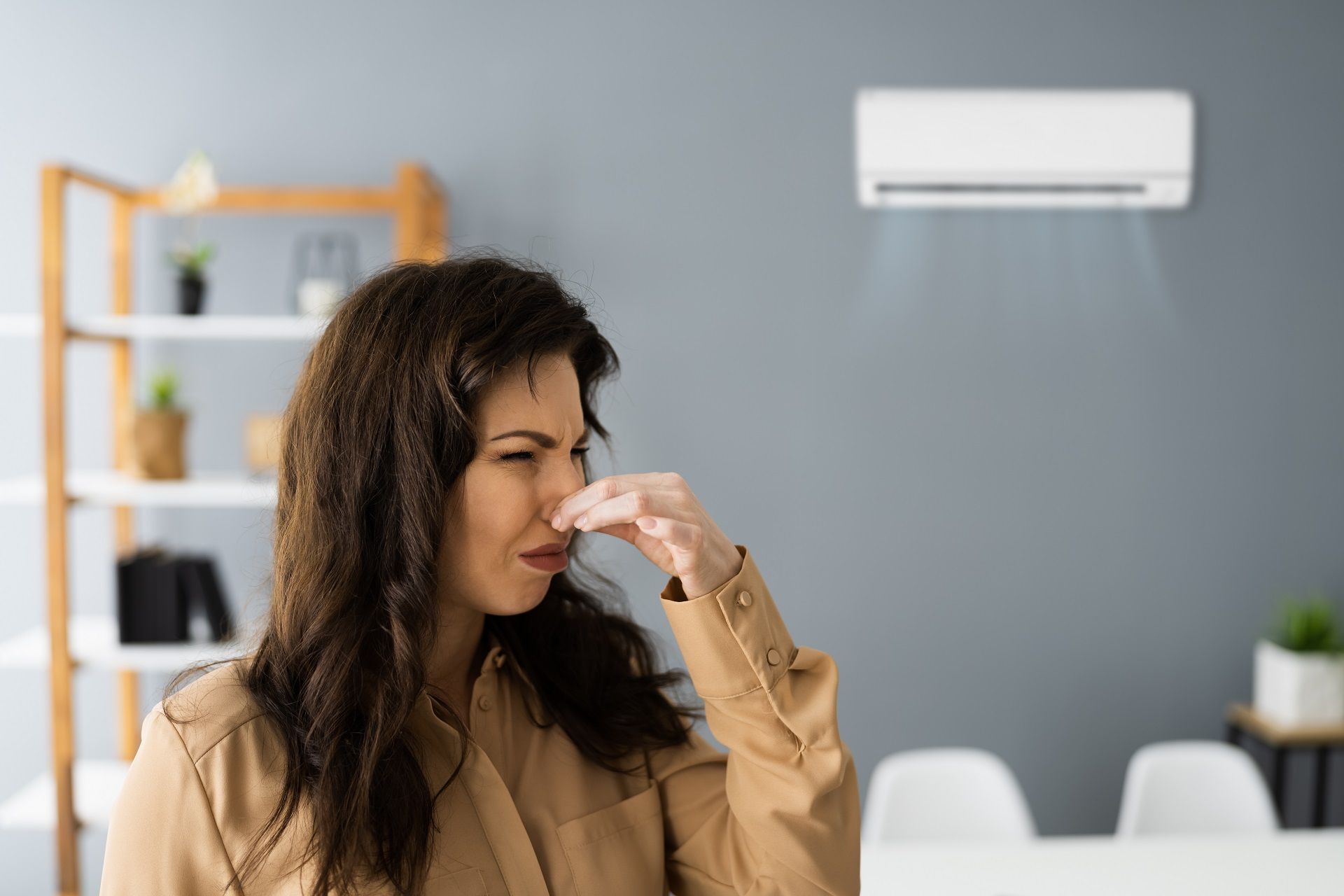
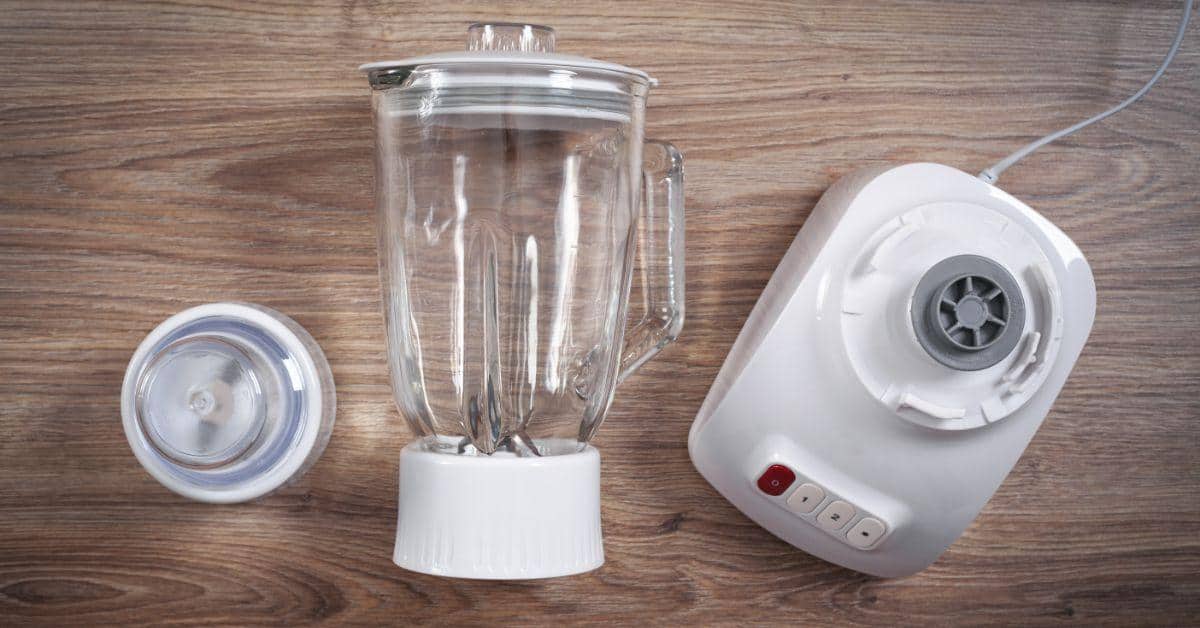

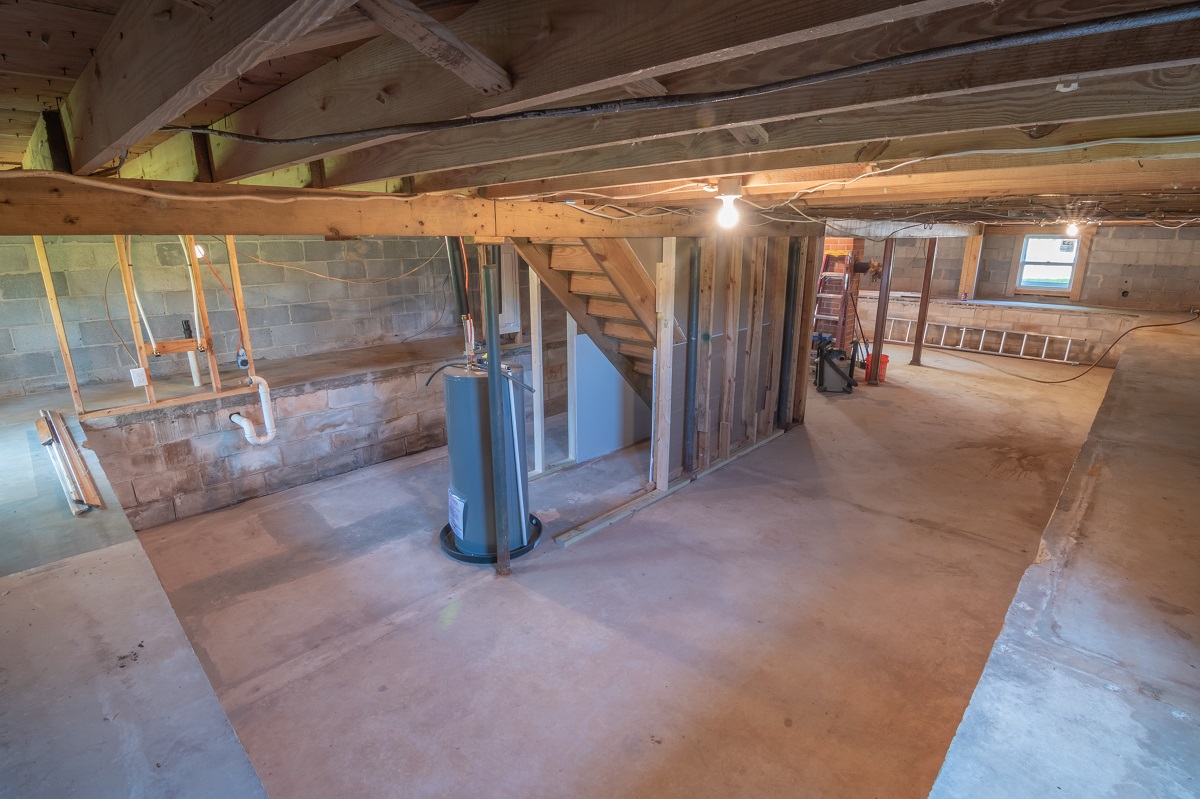
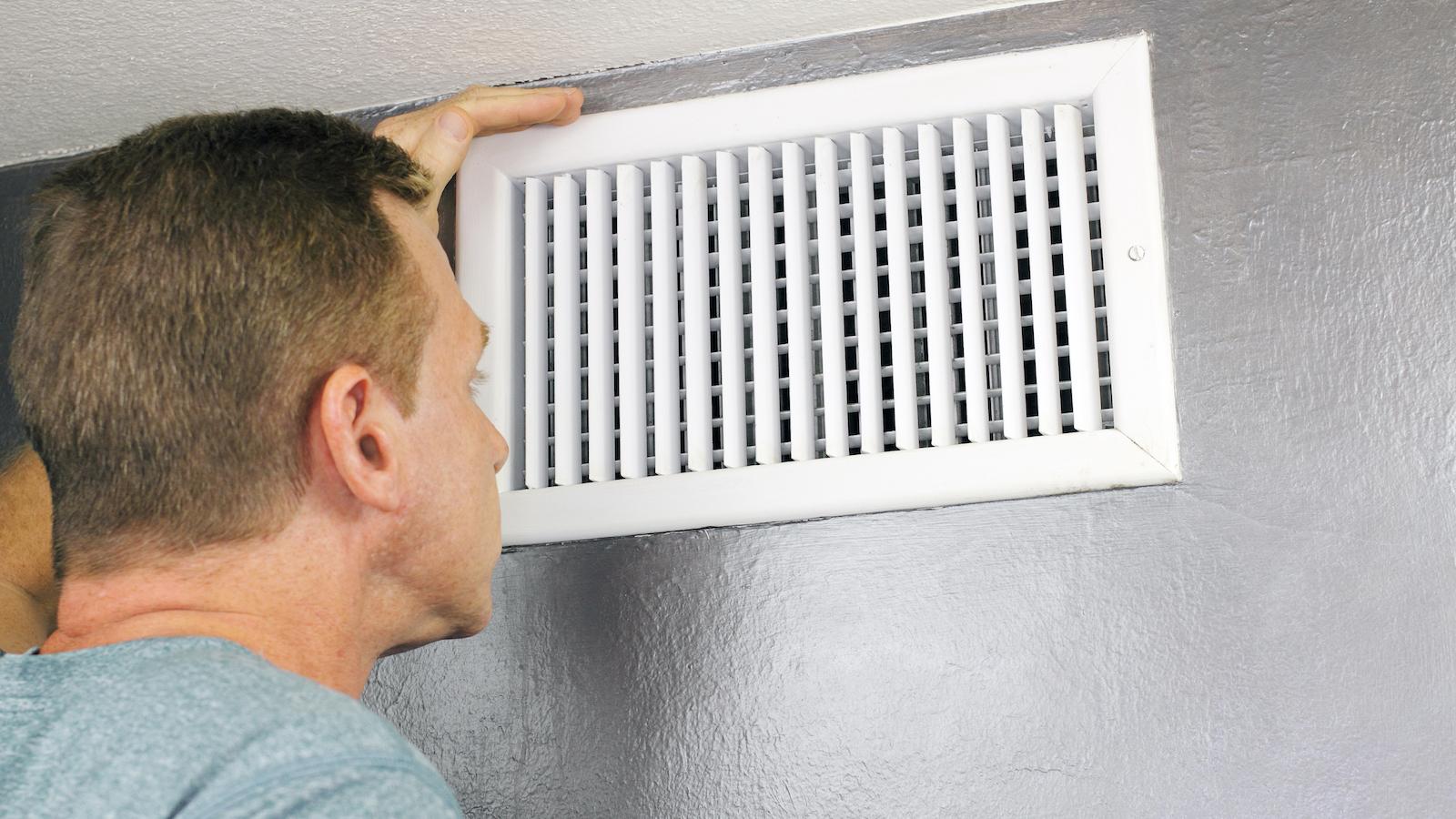

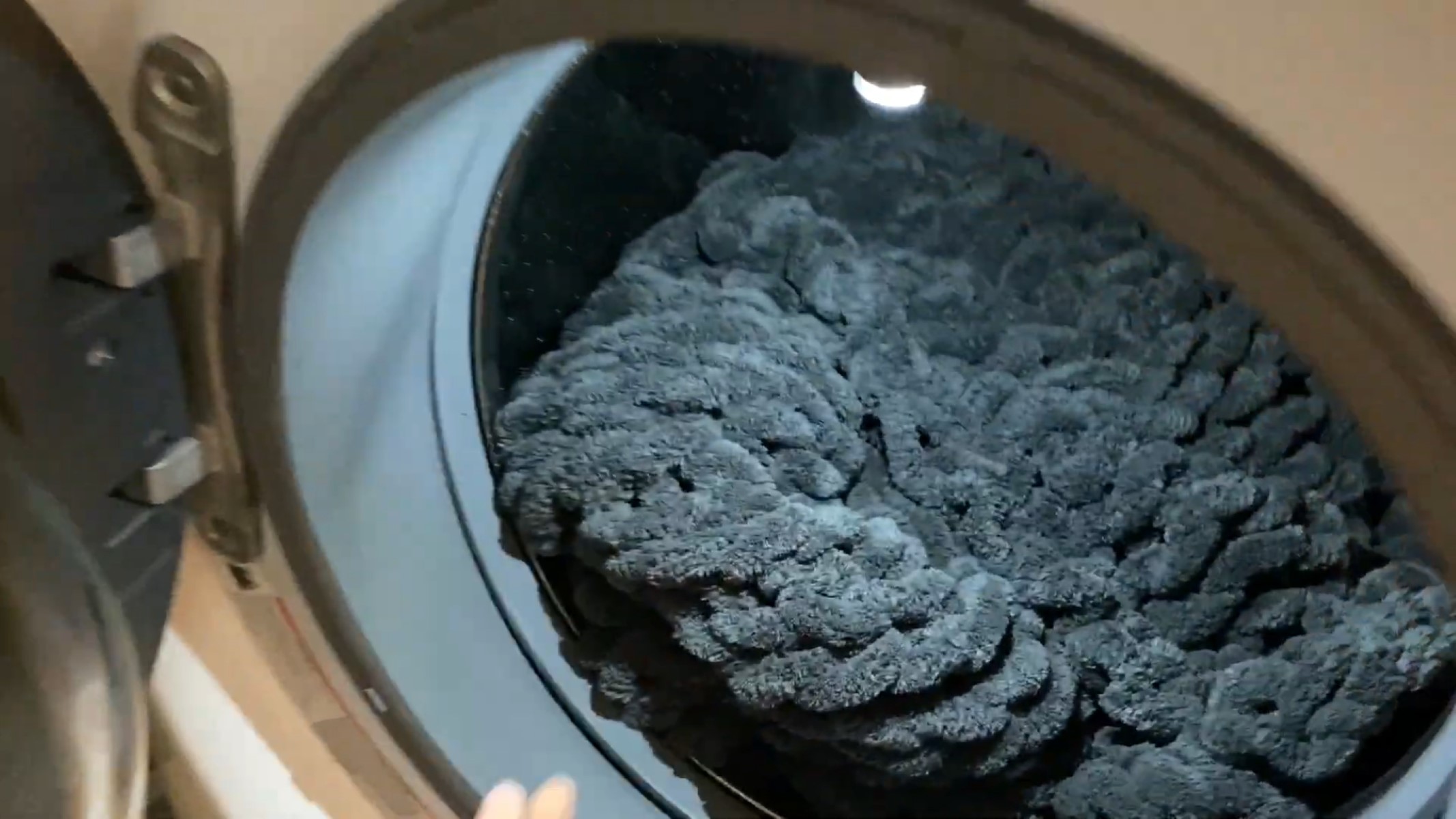
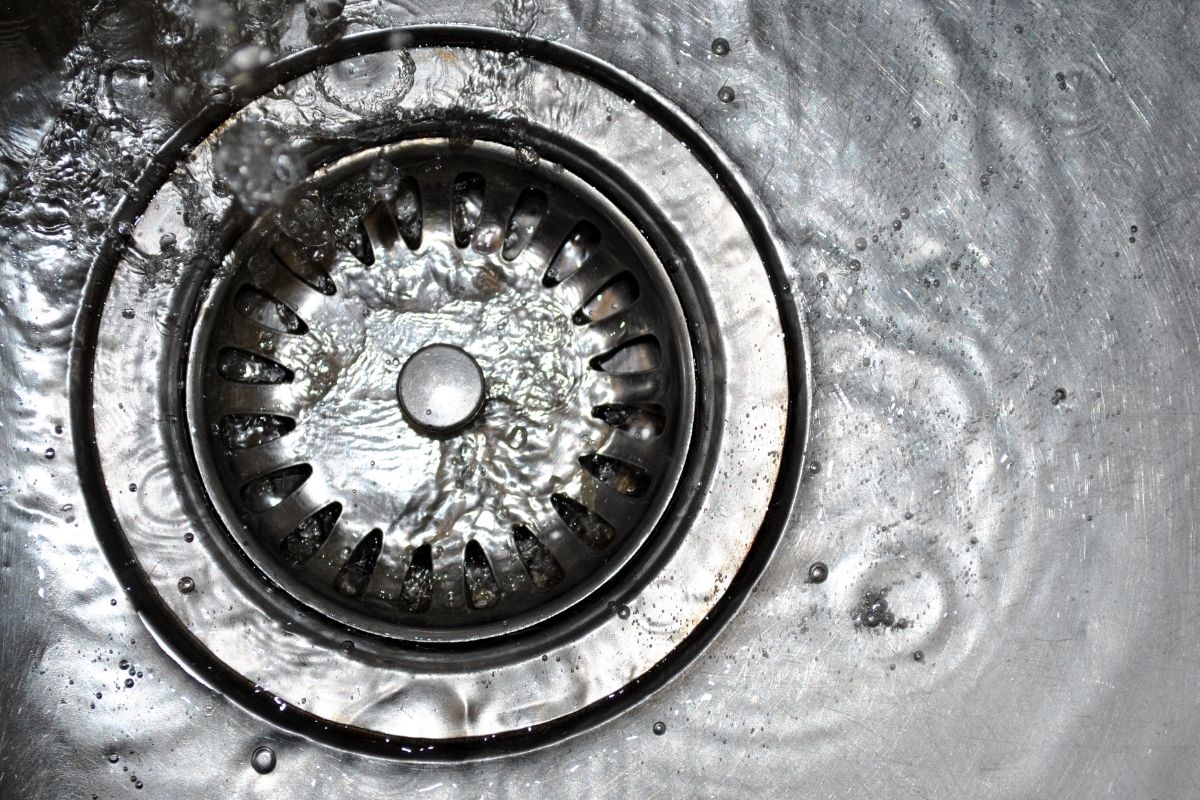

0 thoughts on “Why Does Bathroom Sink Smell”